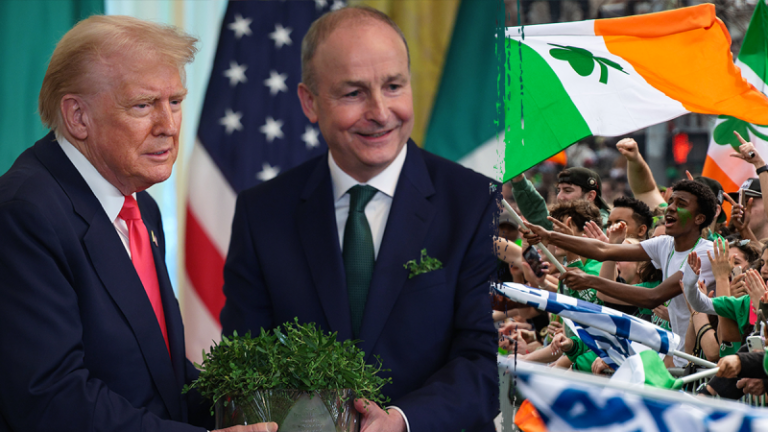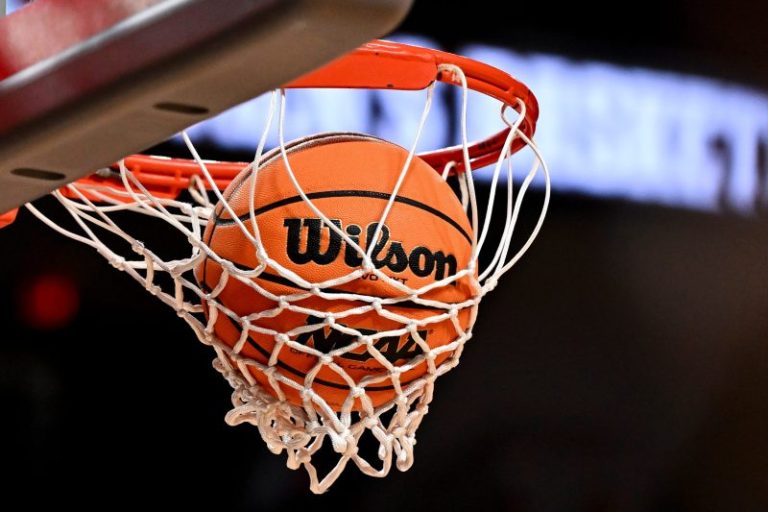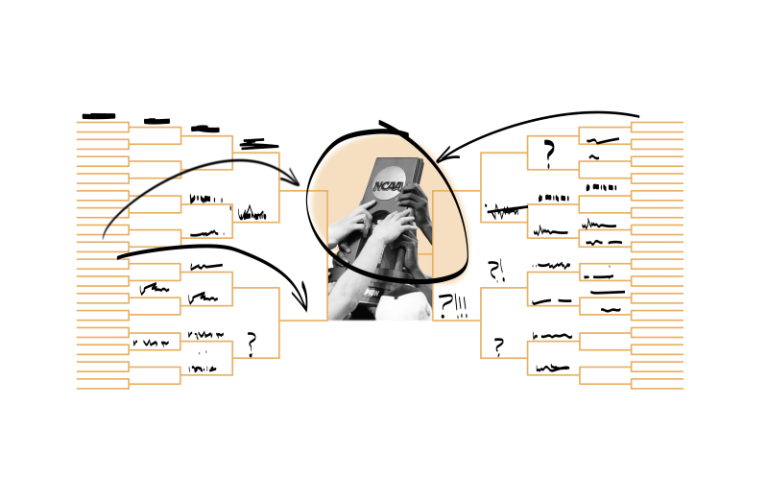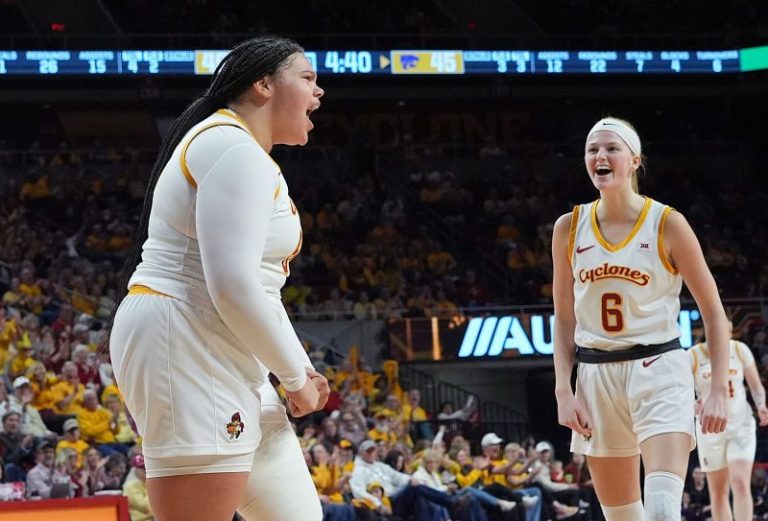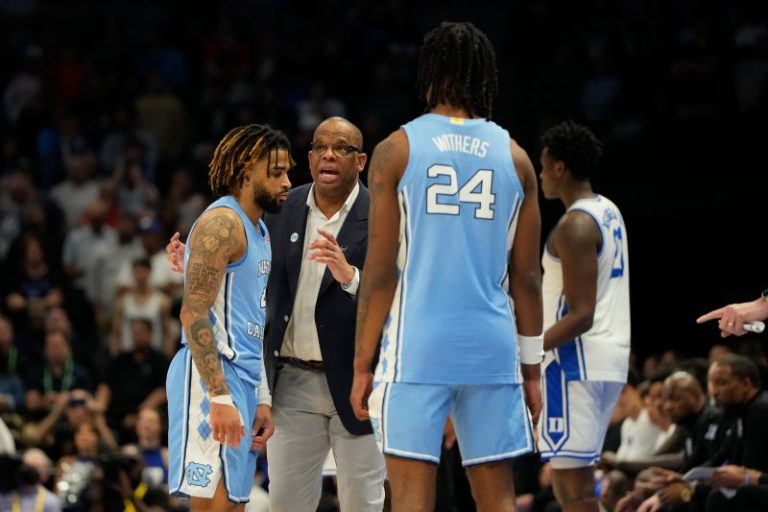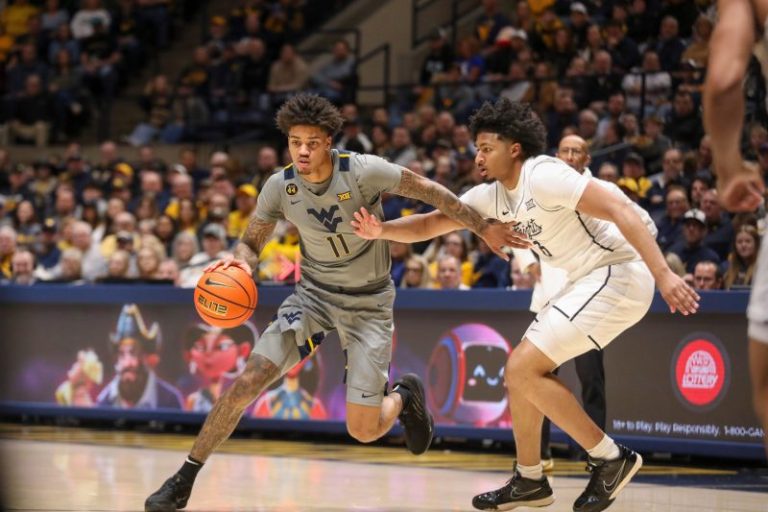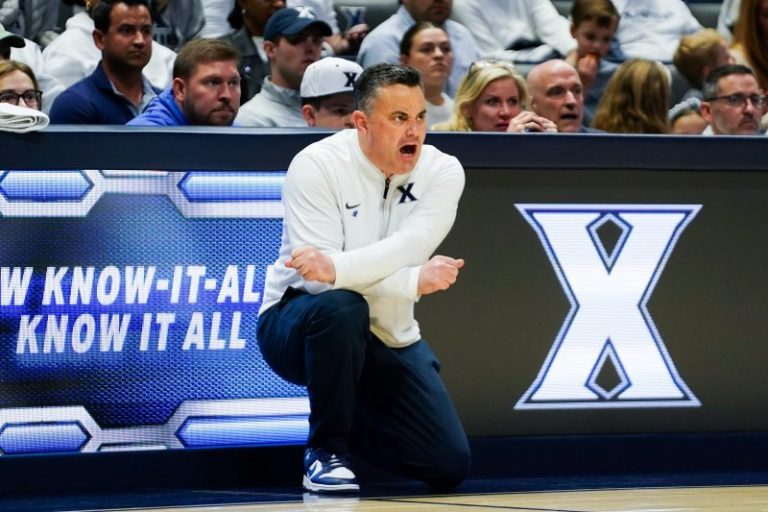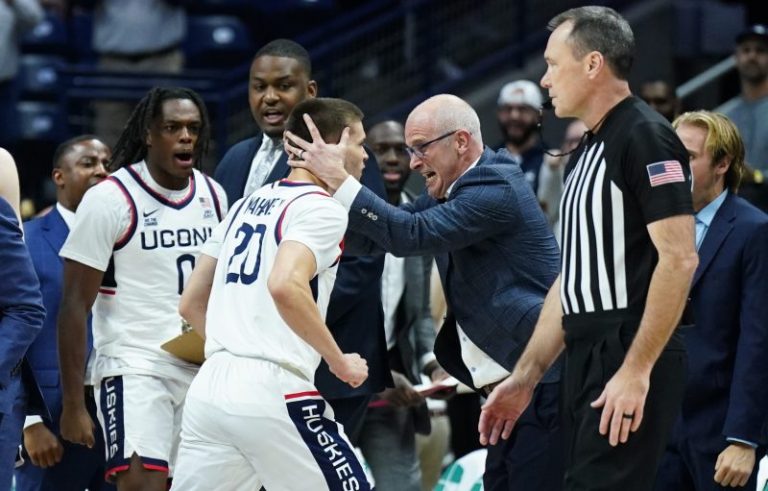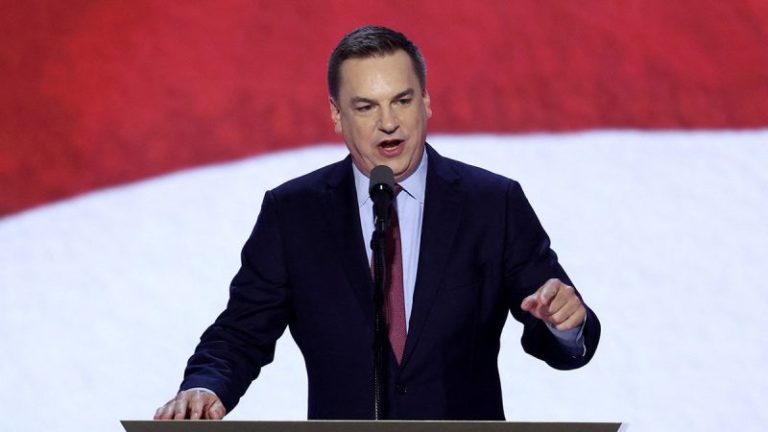Americans once again donned their green beads and shamrocks for St. Patrick’s Day, celebrating the largest Irish diaspora in the world. St. Patrick’s Day has become an opportunity for Ireland and the United States to celebrate their rich cultural and political connections.
New York City is hosting its 264th St. Patrick’s Day Parade today – marking the oldest and longest standing St. Patrick’s Day parade in the world. The first parade was held in 1762, predating America’s Declaration of Independence.
Major cities across the United States hosted their own St. Patrick’s Day parades this weekend – including Boston, Philadelphia, San Francisco and Chicago. Chicago even dyes the Chicago River green each year to mark the celebration.
President Donald Trump, Vice President JD Vance and Speaker of the House Mike Johnson kicked off the Irish celebrations last week by welcoming Taoiseach Micheál Martin to the White House.
‘America’s truly been blessed by the courage and unstoppable spirit of the Irish,’ Trump said at the annual Friends of Ireland luncheon on Wednesday. ‘Over the generations, Americans of Irish ancestry have helped build our railroads and raise our cities and man our factories, enrich our culture with art and music and literature – we see that all over – and protect our communities by joining the proud tradition of Irish-American police officers and firefighters. And few have done more for the Stars and Stripes than the sons and daughters of the Emerald Isle.’
While the first wave of Irish immigrants arrived in the United States in the 1700s, immigration reports reveal the Great Famine in the 1800s nearly doubled the population of Irish in the United States – as over a million Irish died from starvation while another million immigrated to the United States.
Trump, a native New Yorker, spoke with pride of New York City’s St. Patrick’s Day parade, watching ‘hundreds of citizens decked in Irish green’ marching up Fifth Avenue and past ‘the most beautiful cathedral in the world,’ St. Patrick’s Cathedral.
The Taoiseach’s trip to Washington, D.C., began with a breakfast at the vice president’s residence, followed by the annual Friends of Ireland luncheon and a bilateral meeting in the Oval Office answering questions from reporters.
‘Irish America has been at the heart of shaping this great nation. The ideals of liberty, democracy and equality of opportunity forged in this country did much to inspire Irish independence. Our histories are interconnected because our people are interconnected. Today, as the president has said, more than 30 million people claim Irish ancestry in the United States,’ Martin said.
The celebratory events were not without some political tension when Trump said the United States has a ‘massive deficit’ with Ireland because they ‘took our pharmaceutical companies away from presidents who didn’t know what they were doing.’ Trump said the European Union, which includes Ireland, ‘treats us very badly.’
Martin countered Trump’s comments, saying, ‘It’s a two-way street to where we are investing a lot more in America now.’ However, Trump maintained that reciprocal tariffs were only fair.
Martin presented Trump with a crystal bowl filled with shamrocks, a tradition that dates back to 1952 to symbolize the long-standing friendship between Ireland and the United States. Martin said the Shamrock Bowl ceremony is ‘an important moment to reflect upon the relationship between our two countries.’
Speakerof the HouseTip O’Neill, Sen. Ted Kennedy, and fellow Irish-American lawmakers began the Friends of Ireland Caucus and Luncheon in 1981, during ‘The Troubles.’
‘The Troubles’ were a period of political and sectarian conflict in Northern Ireland from the late 1960s and 1998. Irish Republicans, who were predominately Catholic, sought a united Ireland, while Unionists, who were mostly Protestant, wanted Northern Ireland to remain part of the United Kingdom.
When Britain tried to enforce military conscription in Ireland during World War I, Irish nationalists, labor unions and the Catholic Church united in opposition. As support for Irish independence grew, Sinn Féin, an Irish nationalist party, gained popularity following the 1916 Easter Rising.
After winning a majority in the general election in 1918, Sinn Féin declared Irish independence and established the First Dáil, or the Irish Parliament. But Britain refused to recognize Irish independence, leading the Irish Republican Army (IRA) to launch the Irish War of Independence in 1919.
The Anglo-Irish Treaty of 1921 ended the war and created the Irish Free State, which became the Republic of Ireland in 1949 and allowed the six counties of Northern Ireland to remain in the United Kingdom. Catholics in Northern Ireland faced discrimination from the unionist government, who favored Protestants. Inspired by the Civil Rights movement, Catholics began peaceful protests demanding equal rights in Northern Ireland in the 1960s.
Conflicts between the unionist government and nationalist protesters escalated into ‘The Troubles’ – 30 years of violence between British soldiers and the IRA. The United States was instrumental in ending ‘The Troubles’ in 1998.
Former President Bill Clinton helped negotiate the Good Friday Agreement of 1998, which largely ended the violence in Ireland by establishing a power-sharing agreement between unionists and nationalists – strengthening the relationship between Northern Ireland and the Republic of Ireland.
Martin on Wednesday said former President Ronald Reagan initiated the United States’ role in the peace process, as the first U.S. president to visit Ireland. The Reagan administration helped develop the Anglo-Irish Agreement of 1985, which laid the groundwork for the Good Friday Agreement.
‘Nowhere is the strength of the U.S.-Irish relationship more in evident than in our own peace process. 44 years ago, President Reagan called for a just and peaceful solution to the conflict that has for so long devastated lives on our island. Politicians from both sides of the aisle rose to the occasion, and the lasting peace we enjoyed today on our island is a signature achievement of U.S. foreign policy, and this story of peace is one that we both wrote together,’ Martin said.
Martin commended Trump for leading peace negotiations in Ukraine and the Middle East during his visit to Washington, following Trump’s contentious meeting with Ukrainian President Volodymyr Zelenskyy in the Oval Office last month.
‘We are ready to play our part in supporting work, to end conflict and to secure peace in the Ukraine, or in the Middle East or wherever. We welcome very much the unrelenting focus and effort that President Trump and his administration has brought to this task from his very first days in office,’ Martin added.
Yet, there were Irish officials who disagreed with Martin’s sentiment and boycotted the events at the White House last week. Sinn Féin leader Mary Lou McDonald and Northern Ireland First Minister Michelle O’Neill skipped St. Patrick’s Day celebrations in the U.S. this year to protest Trump’s calling for the displacement of Palestinians from Gaza.
Trump said during a joint press conference with Israeli Prime Minister Benjamin Netanyahu that the U.S. would ‘take over the Gaza Strip.’ Trump also suggested relocating Palestinians to rebuild Gaza as the ‘Riviera of the Middle East.’
When reporters asked Trump about the boycott during the press conference in the Oval Office on Wednesday, Trump said, ‘I really haven’t heard that.’ However, Trump also seemed to walk back his Gaza comments, telling a reporter:’Nobody’s expelling any Palestinians.’
Ireland is a long-time supporter of Palestinian independence, as many Irish draw parallels with the British occupation of Ireland. Ireland has advocated for full Palestinian statehood and a two-state solution throughout the war in Gaza. Irish citizens have vocally opposed the war in Gaza and consistently protested in support of Palestinians since the war began.

